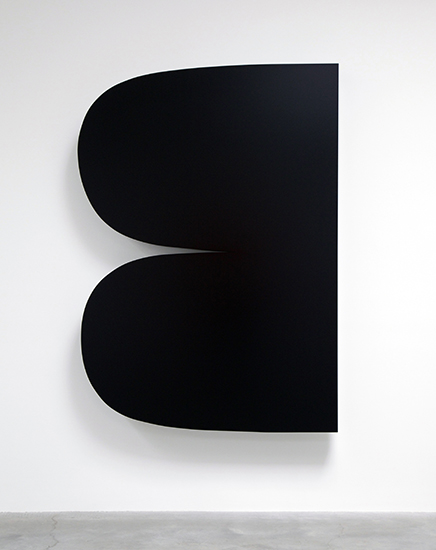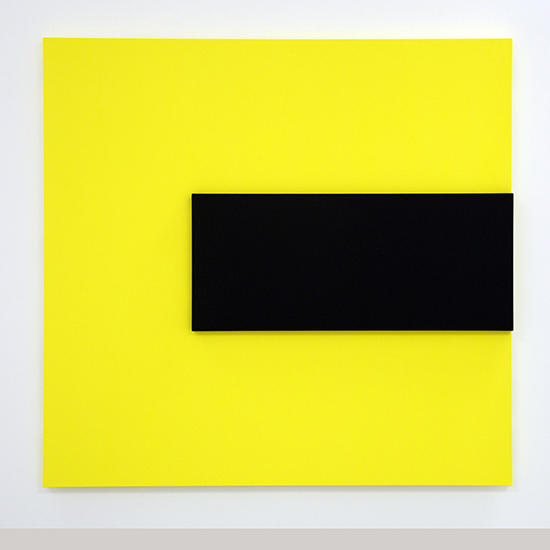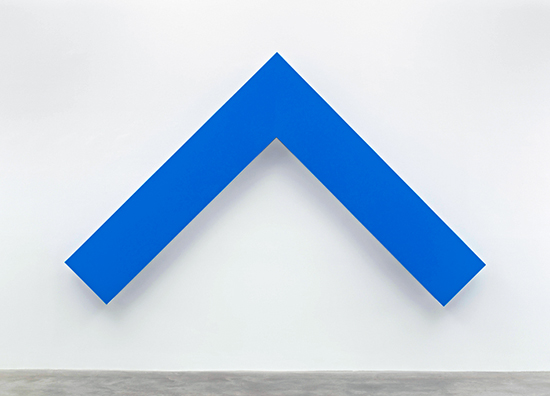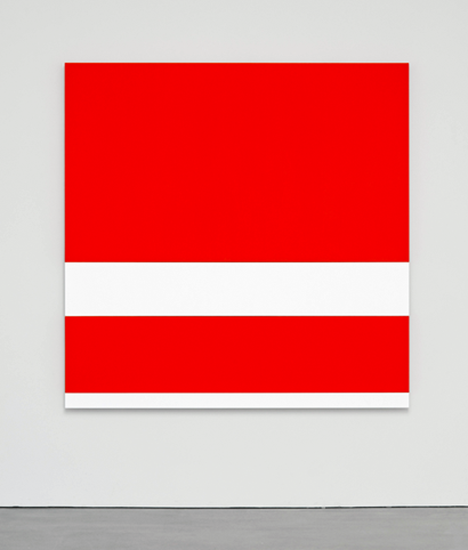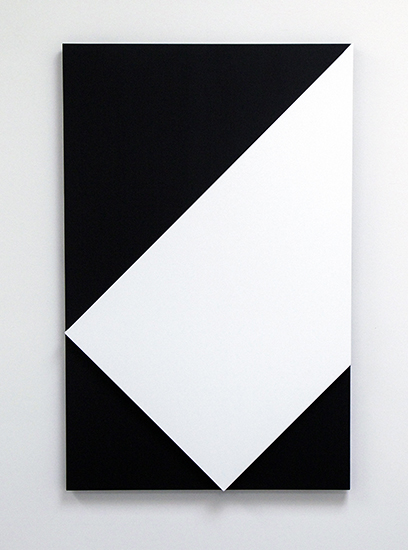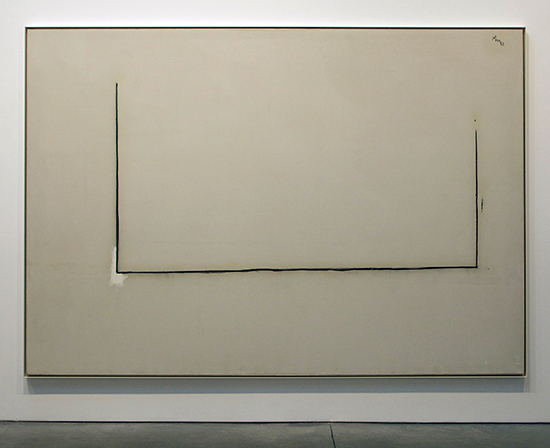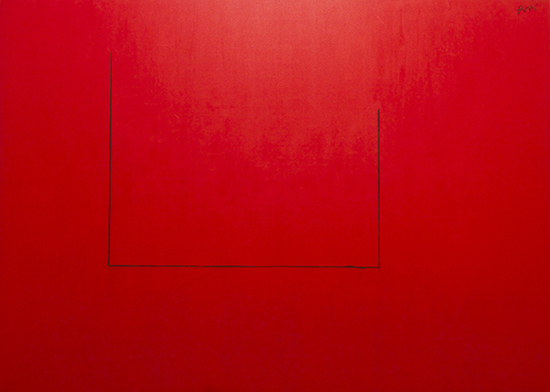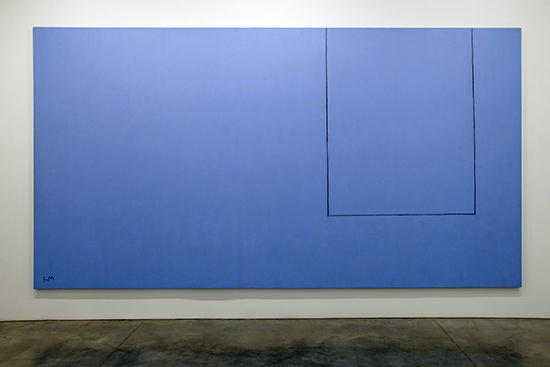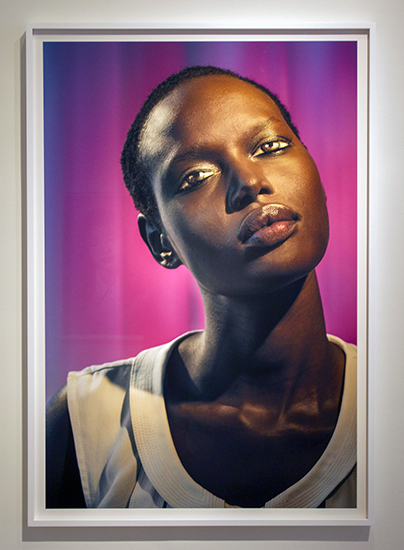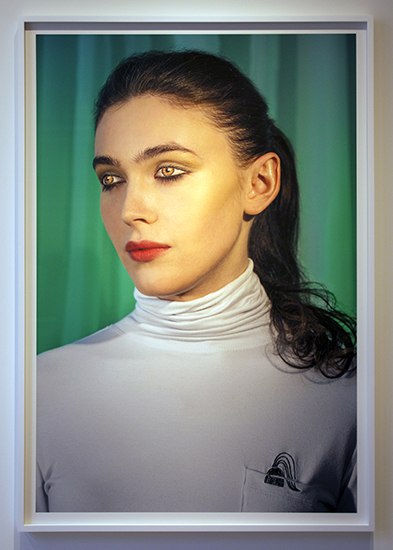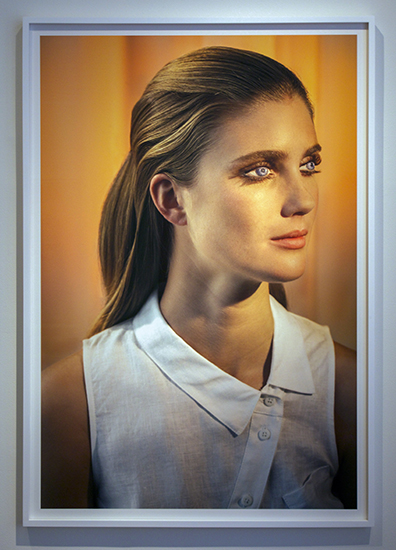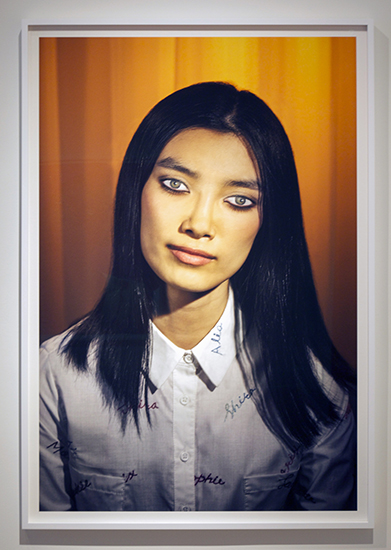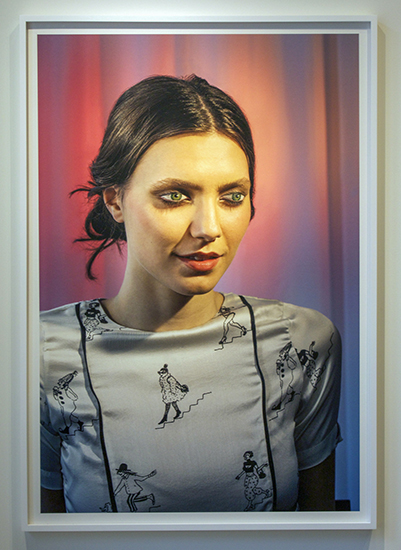George Shaw, from the land of the land of the bottomless cup of coffee…
Black Curves
Black Relief Over Yellow
Blue Angle
Red White
White Relief Over Black
For an artist close to his ninety-second birthday, the legendary Elsworth Kelly has been busy over the last two years for his show of new works at all four Matthew Marks galleries. Kelly blurs the line between two and three-dimensions across fourteen large, variously shaped and (sometimes) overlapping canvases, as well as four, seven-feet high, coloured aluminium sculptures. Alluding to Kelly’s mastery of light, scale and colour The New Yorker was recently prompted to ask, “[Which] other artist, except Matisse, makes effulgent hues seem at one with cool intelligence?”
Open No. 22
Open No. 29 In Crimson With Charcoal Line
Open No. 103
Summer With Mediterranean Blue
Untitled
Begun in 1967 and carried through to the late1970s, at a time when Abstract Expressionism had been redefined as old-fashioned by Pop Art and Minimalism, the seminal Open series by Robert Motherwell receives a comprehensive survey at the Andrea Rosen Gallery. Composed in response to and as an extension of Matissean reductionism, Motherwell’s monochromatic canvases featuring fragmentary rectangles are a study in ideas about interior/exterior dualities, as well as perceptions of nature and space. This cerebral approach is complemented by a command of colour, light, geometry, and line.
How We See/Ajak (Violet)
How We See/Edie (Green)
How We See/Lindsay (Gold)
How We See/Sisi (Gold)
How We See/Tatiana (Pink)
In her latest show How We See at the Jewish Museum, Laurie Simmons expands on her interests in imaginary and miniature worlds, such as dollhouses, ventriloquist dummies, life-sized silicone dolls, and cosplay. In How We See, Simmons reflects on the Doll Girls subculture by posing various female models to happily gaze into some faraway elysium. However, the models’ eyes were shut tight and fresh ones painted on the closed eyelids, not only creating an optical illusion, but also making an allusion to how far visual culture influences behaviour and attitudes.
